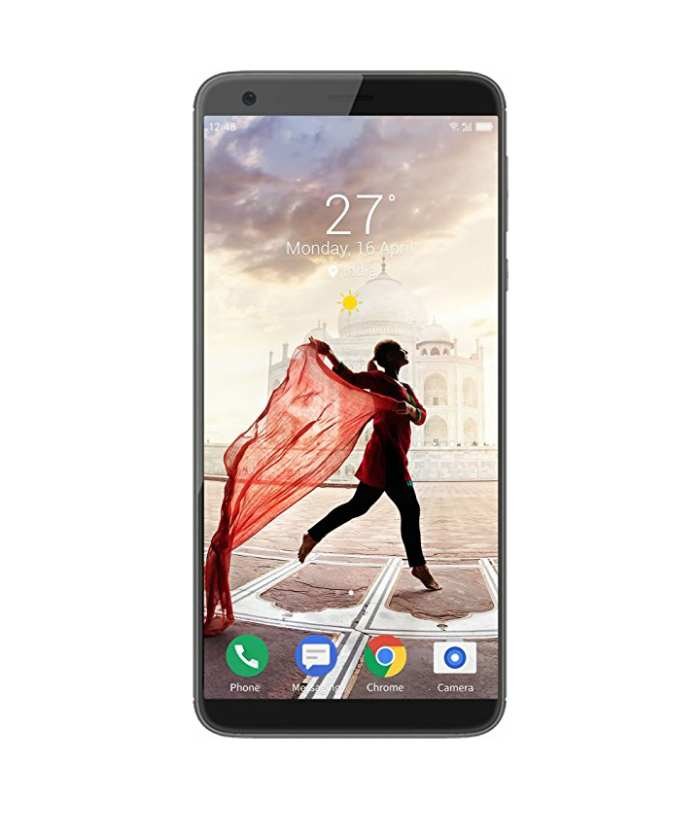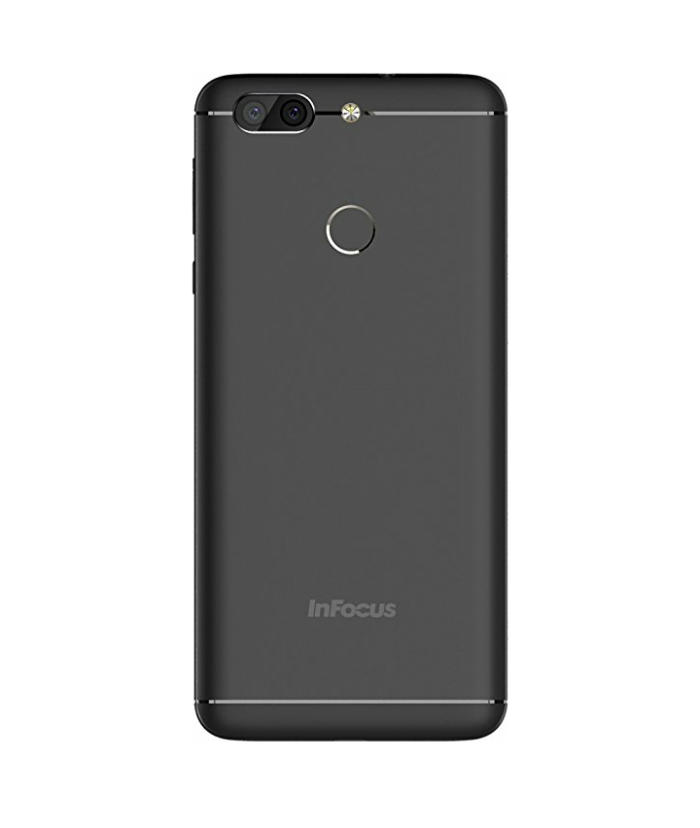
US-based smartphone brand InFocus on Thursday announced the launch of the InFocus Vision 3 Pro mid-range handset in India. Key highlights of the smartphone include a dual rear camera setup. At that price point, the InFocus Vision 3 Pro competes with numerous budget smartphones including the likes of Redmi 5, Redmi Note 5, and Huawei’s Honor 9 Lite. It also offers a ‘dualfie’ feature, similar to the Nokia feature, that lets users take pictures with the front and rear cameras simultaneously.

InFocus Vision 3 Pro specifications
The InFocus Vision 3 Pro runs Android 7.0 out-of-the-box, and sports a 5.7-inch HD+ (720×1440 pixels) IPS display with an 18:9 aspect ratio. It is powered by a MediaTek MT6750 octa-core SoC, coupled with 4GB of RAM.
In terms of optics, the InFocus Vision 3 Pro bears a dual rear camera setup with a 13-megapixel primary sensor and an 8-megapixel secondary sensor with features such as a 120-degree wide-angle lens, f/2.0 aperture, PDAF, and LED flash. The selfie camera comes with a 13-megapixel fixed-focus sensor with f/2.2 aperture. There is 64GB inbuilt storage on the phone, expandable via microSD card (up to 128GB). Under the hood is a 4000mAh battery.
Connectivity options include 4G VoLTE, Wi-Fi (with hotspot), Bluetooth, FM radio, and GPS. Sensors onboard the InFocus Vision 3 Pro include accelerometer, ambient light sensor, face unlock sensor, fingerprint sensor, and proximity sensor.
Commenting on the launch, Luo Zhongsheng, Global CEO for Sharp and InFocus Mobile said, “Today, the Indian consumer is street-smart and always on top of the latest trends and technology. While choosing their new smartphone, the consumers look for best-in-class features at a budget price. To cater to this requirement, InFocus has launched the InFocus Vision 3 PRO. Our devices are designed with high-end features and great functionality to cater to the consumers’ budget needs. The Indian consumer can now get the best of both worlds – budget pricing and great features and technology.”
He also added, “The Indian market has become extremely important for us in the recent times owing to immense penetration for smartphone adoption and several favorable policies being brought in. The smartphone market has great potential in India with an annual growth rate of 14 percent registered in 2017. To tap into this opportune moment, InFocus continues to leverage their strengths by way of this new product – InFocus Vision 3 Pro.
InFocus Vision 3 Pro price in India, availability
InFocus Vision 3 Pro price in India is set at Rs. 10,999, and it will be available in a 4GB RAM/ 64GB inbuilt storage variant. The smartphone will be available starting 12pm IST from today, April 19 exclusively via Amazon.in, although the listing suggests the phone will be in stock on April 20. The mid-range handset can be bought in a Midnight Black colour variant. Launch of the InFocus Vision 3 Pro comes months after the InFocus Vision 3 was announced in the country at a price point of Rs. 6,999.
Buy from here👇










